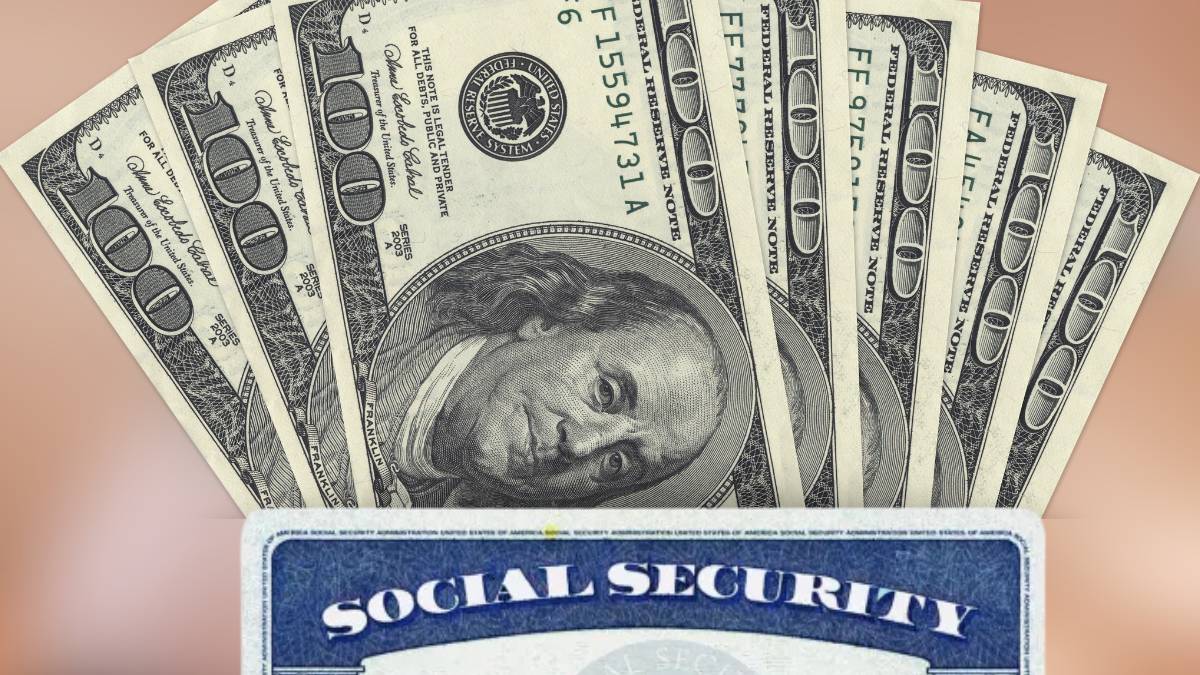Retired Americans who depend on Social Security benefits will receive their monthly payments this May as scheduled. These payments are sent out based on the retiree’s birthdate, and a small group also receives early payments due to the timing of the calendar.
Social Security Payment Dates for May 2025
Every month, the US Social Security Administration (SSA) sends out payments to retirees. The date you receive your payment depends on your birthday. Here’s how it works this month:
- People born between the 1st and 10th of any month already received their payment on Wednesday, May 14. Their next payment will come early, on Wednesday, June 11, just four weeks after the last.
- Those born between the 11th and 20th will receive their Social Security payment on Wednesday, May 21.
- If you were born between the 21st and 31st, your money will arrive on Wednesday, May 28.
- For those who get Supplemental Security Income (SSI), the June payment will come early on Friday, May 30. This is because June 1 falls on a weekend, and the SSA does not issue payments on Saturdays or Sundays.
How Are These Payments Delivered?
Most retirees get their Social Security benefits directly in their bank account. This is the fastest and most secure way. Those who still receive paper checks might face slight delays due to postal service timings, but the checks are generally sent following the same schedule.
2025 Social Security Benefits Increase: What’s New?
In 2025, Social Security benefits increased by 2.5% as part of the yearly Cost-of-Living Adjustment (COLA). This adjustment helps retirees keep up with inflation. The average monthly payment for an individual rose from $1,927 to $1,976. For married couples who receive combined benefits, the amount went up from $3,014 to $3,089.
Retirees who delayed their retirement until age 70 are eligible for the maximum monthly payment, which now stands at $5,108. This amount depends on the retiree’s previous earnings and the age they chose to begin collecting benefits.
The SSA bases these adjustments on the Consumer Price Index for Urban Wage Earners and Clerical Workers (CPI-W), which tracks the cost of common goods and services.

How Does This Compare to Last Year’s Increase?
In 2024, the COLA was higher—3.2%, compared to 2.5% in 2025. Experts say this year’s lower increase is due to reduced inflation during the final months of 2024. While this is still a helpful raise, many worry that it may not be enough to cover rising medical and living expenses.
Looking Ahead to 2026: What to Expect?
Early projections suggest that the COLA for 2026 may drop even further, to around 2.4%, according to the Congressional Budget Office (CBO). If this happens, it would be the smallest increase since 2021, when COLA was only 1.3%.
Many retired people depend on Social Security for the majority of their income—about 45% rely on it for over 90% of their expenses. With slower increases in COLA and rising prices for housing, food, and healthcare, many feel the pinch.
Why Some Want a New Way to Calculate COLA
For years, some groups, including AARP, have pushed for a different way to calculate COLA. They argue that the current method, CPI-W, doesn’t truly reflect the real spending habits of older adults.
One popular alternative is the Consumer Price Index for the Elderly (CPI-E). This method gives more weight to healthcare, housing, and food—areas where older people spend more. For example, many retirees need regular medicines, live in assisted living homes, and follow special diets. These all cost money, and CPI-E could better reflect their needs.











Leave a Reply